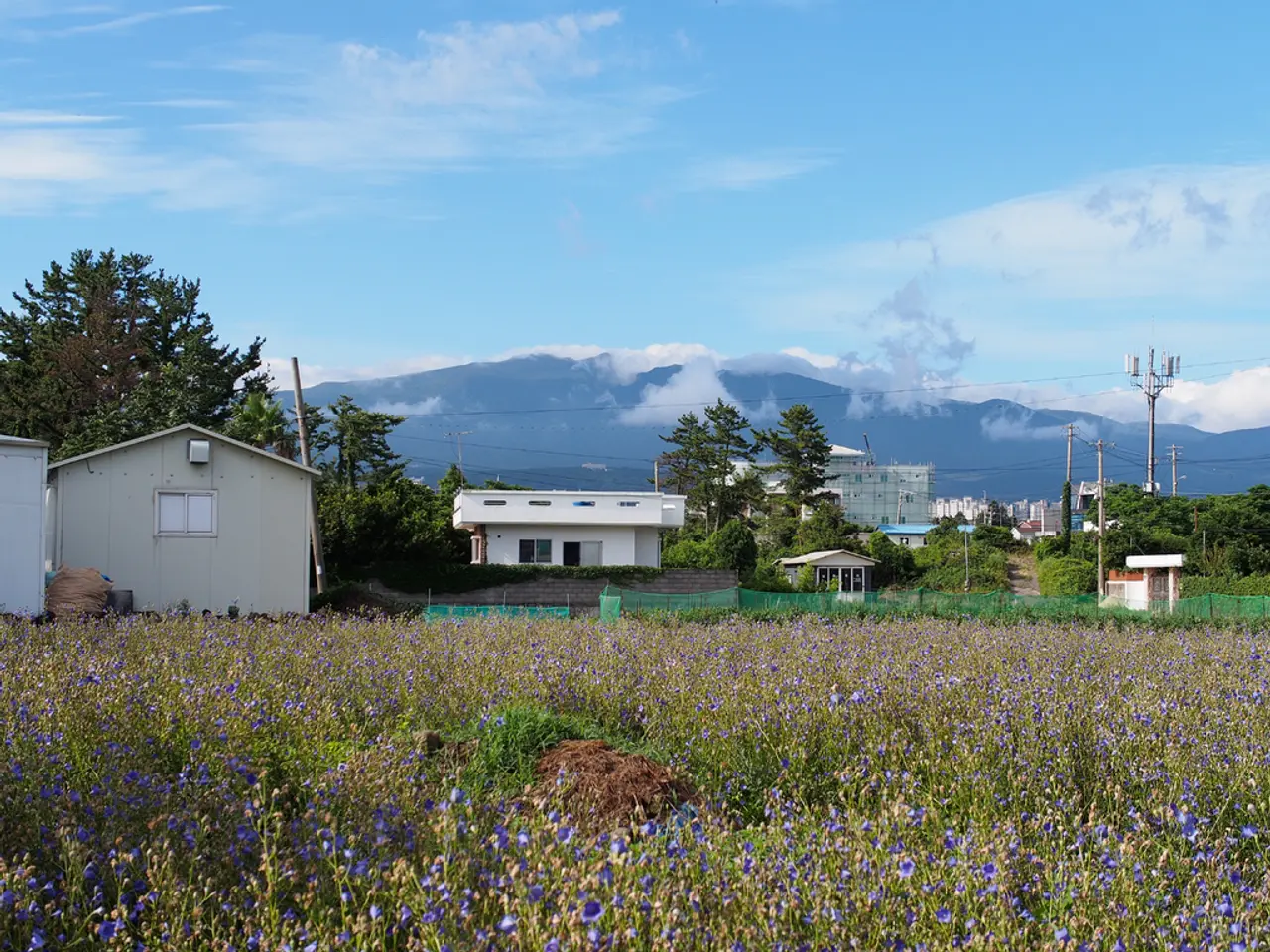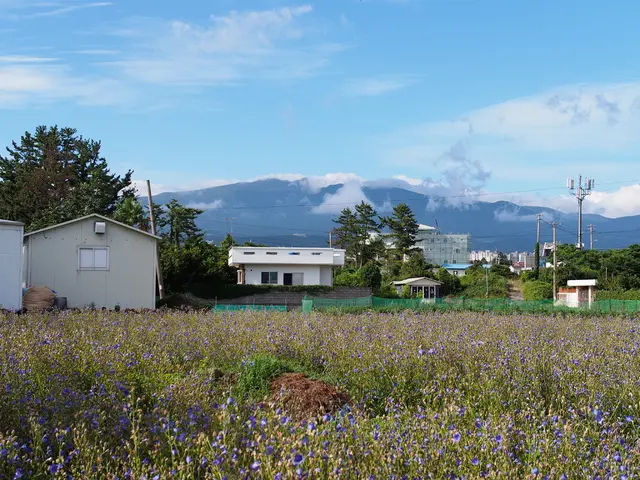Annual electricity demand in the country surges past 100 megawatts each year
Kenya is actively expanding its geothermal energy production to meet the growing demand for electricity and transition towards renewable energy sources. The country's peak power demand reached a record 2,362 MW in 2025, and this figure continues to grow rapidly due to factors such as industrial growth and the adoption of electric vehicles.
Key current and future plans include:
- Upgrading and expanding the Olkaria geothermal complex, Africa’s flagship geothermal site. KenGen is currently revamping Olkaria units to add 63 MW of reliable capacity by September 2026. Once fully rehabilitated, the Olkaria I power plant will produce 63 MW, an increase from its current 45 MW[1].
- The recently approved Olkaria VII project will add 80.3 MW by mid-2027. This multibillion-shilling project is a collaboration between Kenya, Japan, and the European Investment Bank, led by KenGen exploiting 19 geothermal wells with options for 7 more over 25 years[2][3].
- The Menengai geothermal cluster is progressing towards a full build-out with multiple Independent Power Producers (IPP) and government projects together accounting for over 100 MW commissioned or under construction, plus plans for about 70 MW more soon[1].
- Kenya aims to increase its geothermal capacity from about 950 MW today to 3,000 MW by 2030, contributing roughly 800 MW as part of a 1,500 MW renewable energy goal over the next decade, alongside solar, wind, and hydro[4][3].
- The country aims to replace thermal/fossil fuel generation with geothermal and other renewables to provide cheaper, weather-resilient baseload power, reduce emissions, and address grid stability challenges[1][2].
- Investments include $4.3 billion for capacity expansion, 500-hour storage systems (to complement solar and wind), and grid connectivity improvements under programs like the Last Mile Connectivity Project[2][3].
The government is also seeking more geothermal energy from the Suswa and Silali areas, but funding challenges persist in the construction of the power plants. Moreover, the government has expressed concern over continued cases of vandalism, particularly of transformers.
In summary, Kenya is actively scaling geothermal power through new plants, refurbishments, and exploration beyond traditional areas such as Naivasha, expanding across the Rift Valley. This strategy is central to meeting rapidly rising electricity demand sustainably and achieving Kenya’s 100% renewable electricity target by 2030[1][2][3][4][5].
Read also:
- British pension trust seeks minister's support for review of fiduciary obligations
- Global Hydrogen in the Southern Regions: Debunking Post-Hype Realities
- Assessing fresh political perils for renewable energy ventures
- Gathering at the 2nd Global Meeting on Renewable Energy and Green Chemistry, taking place in 2025.








